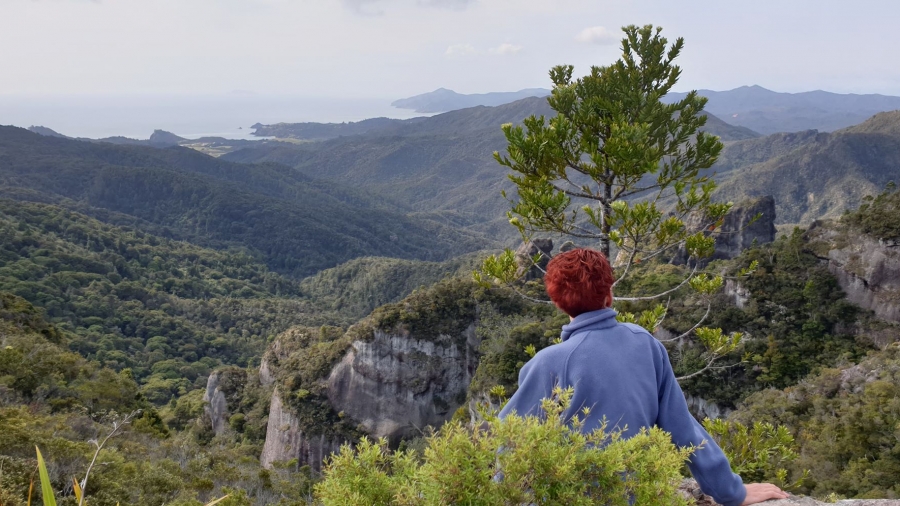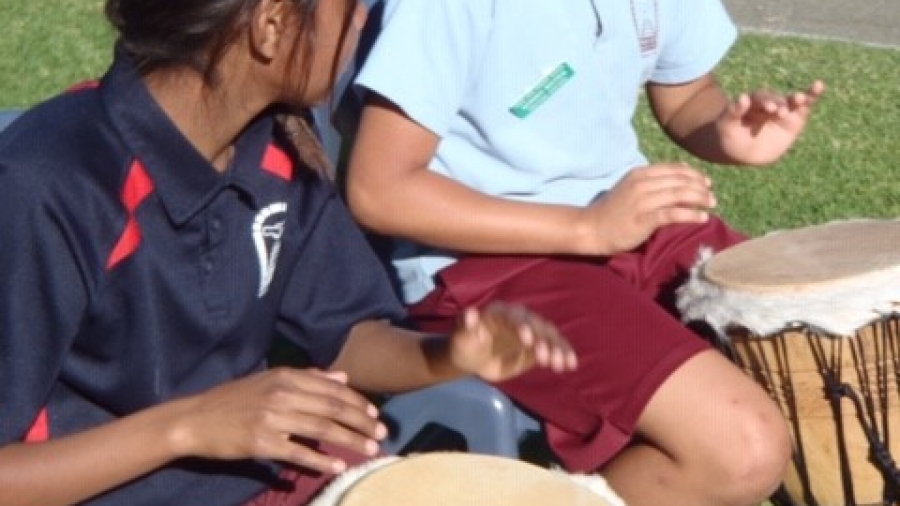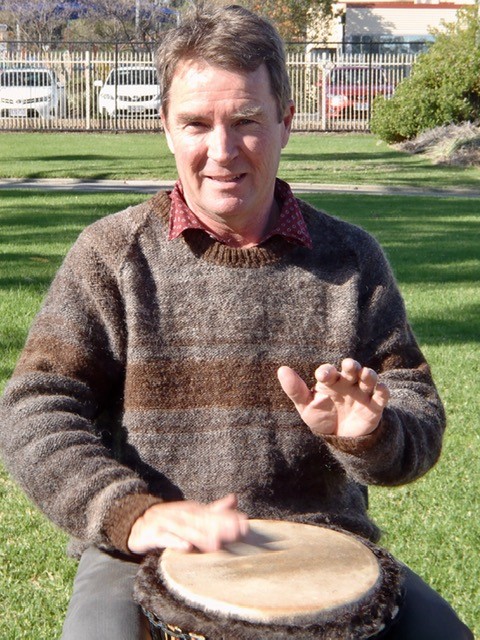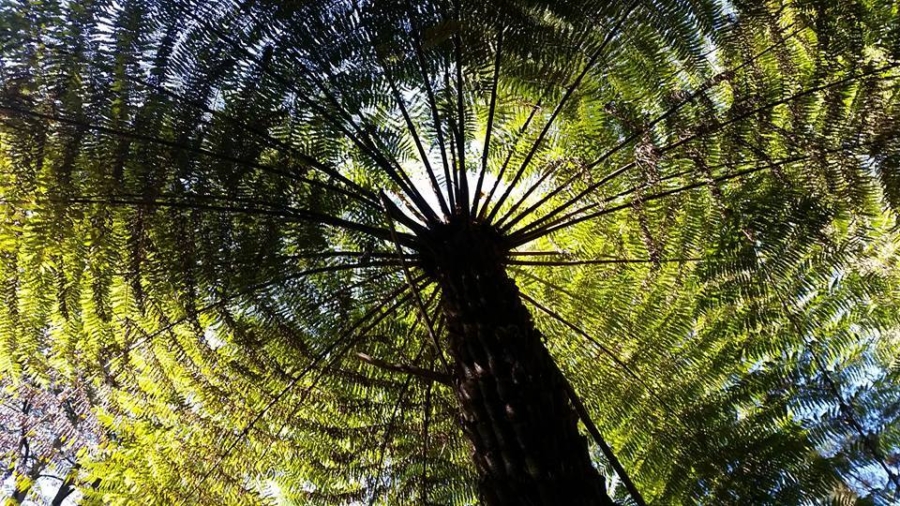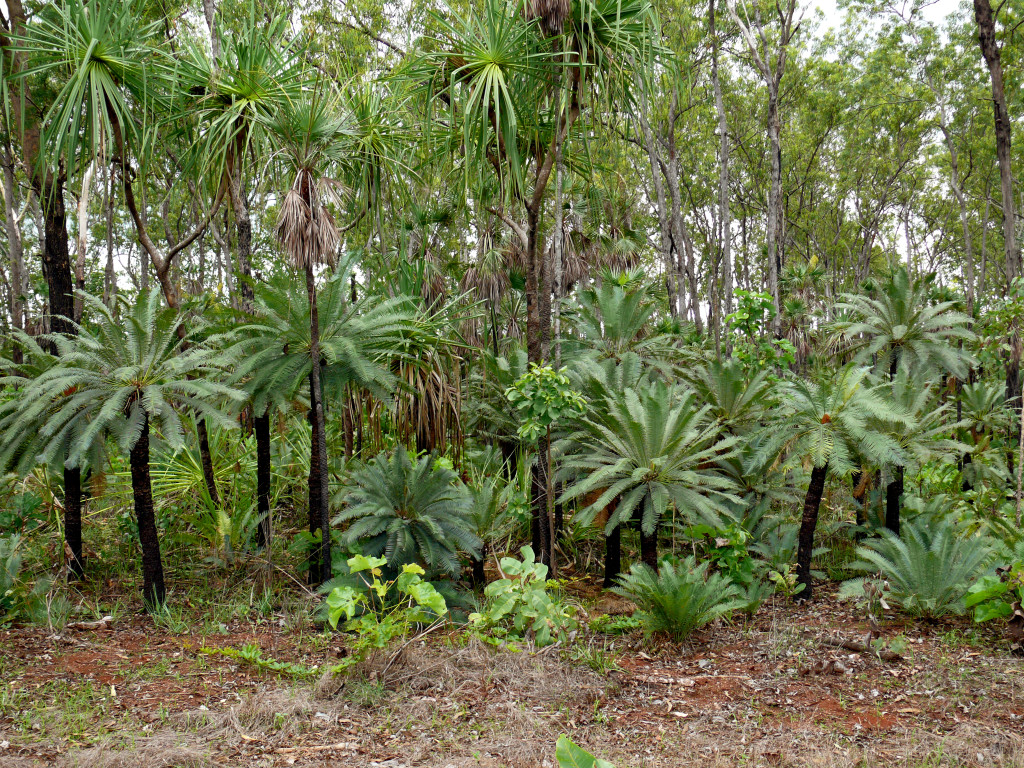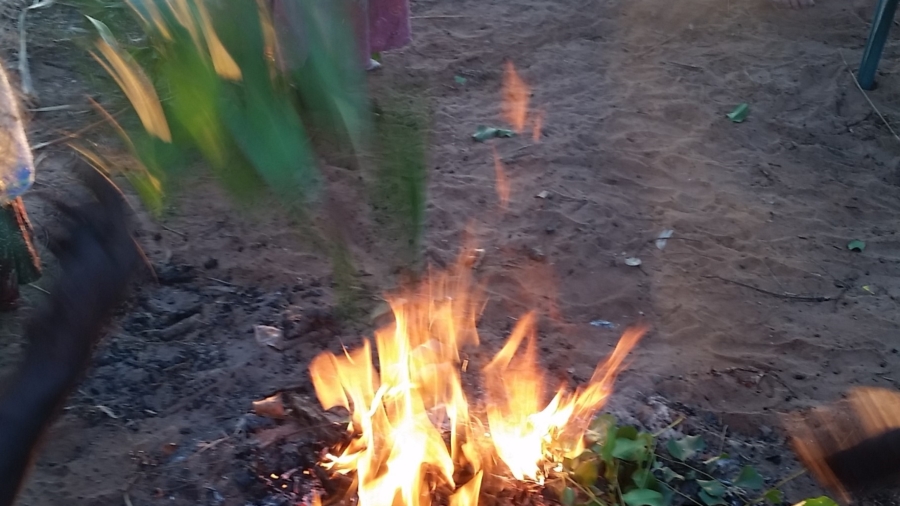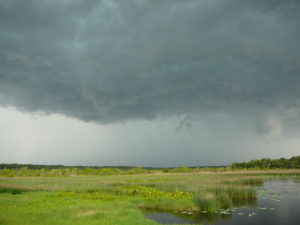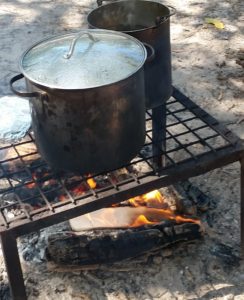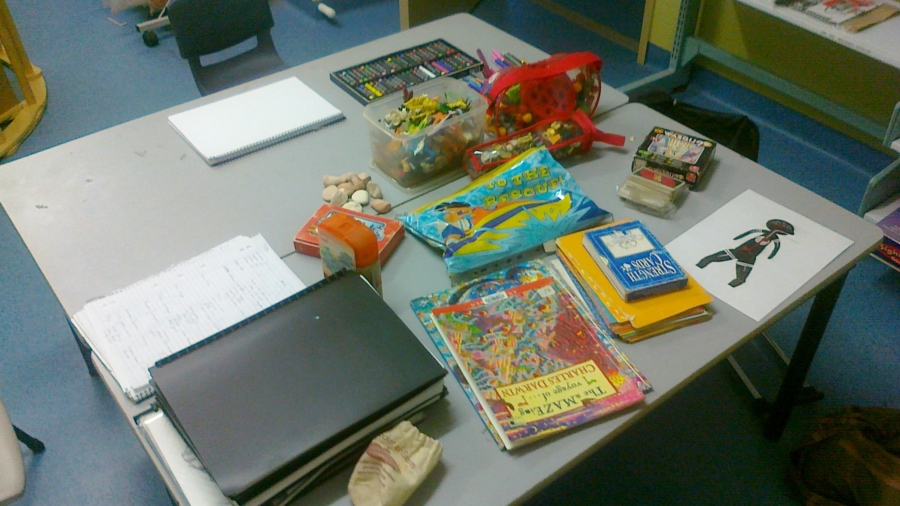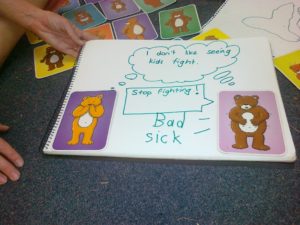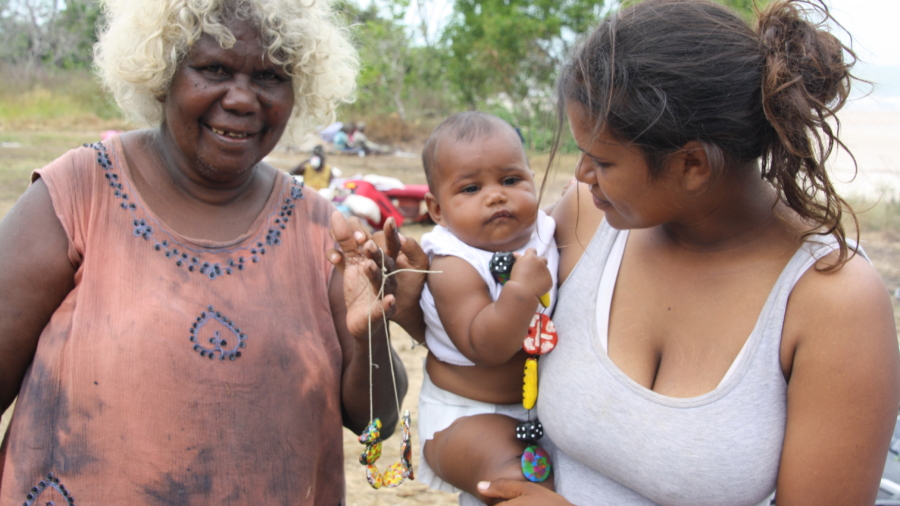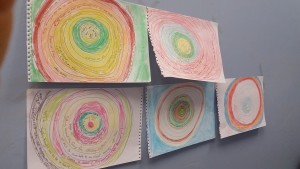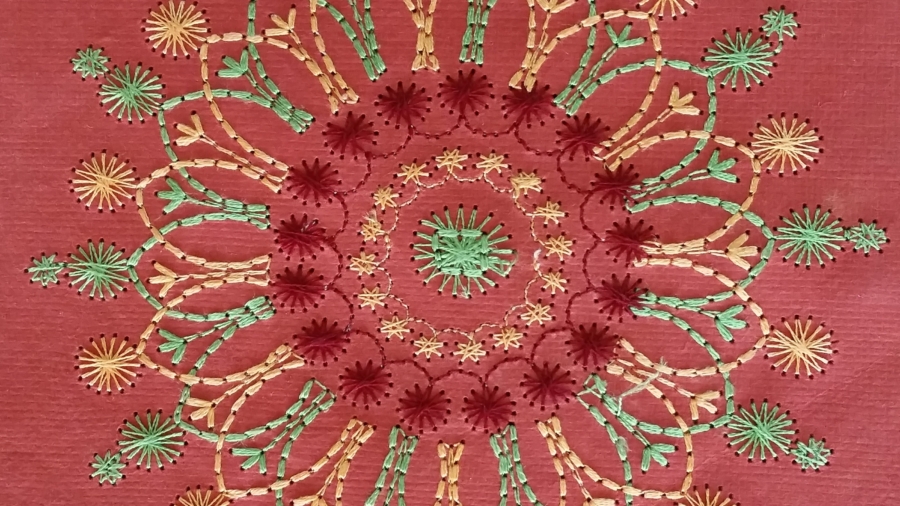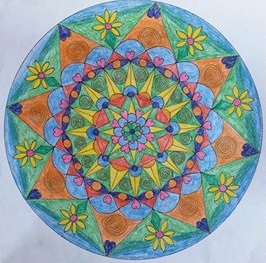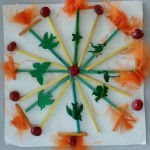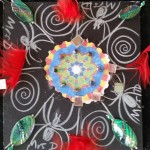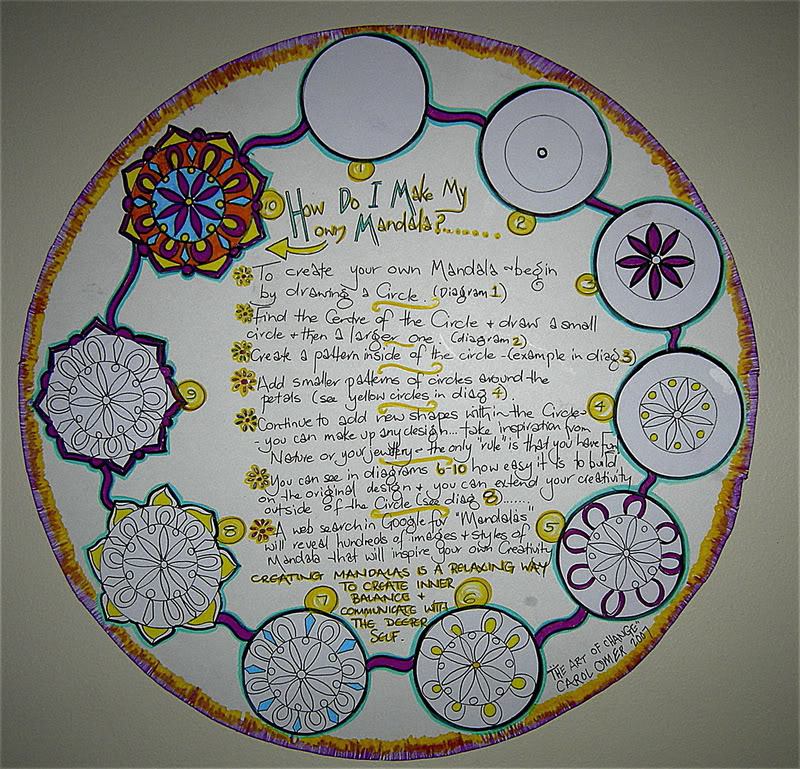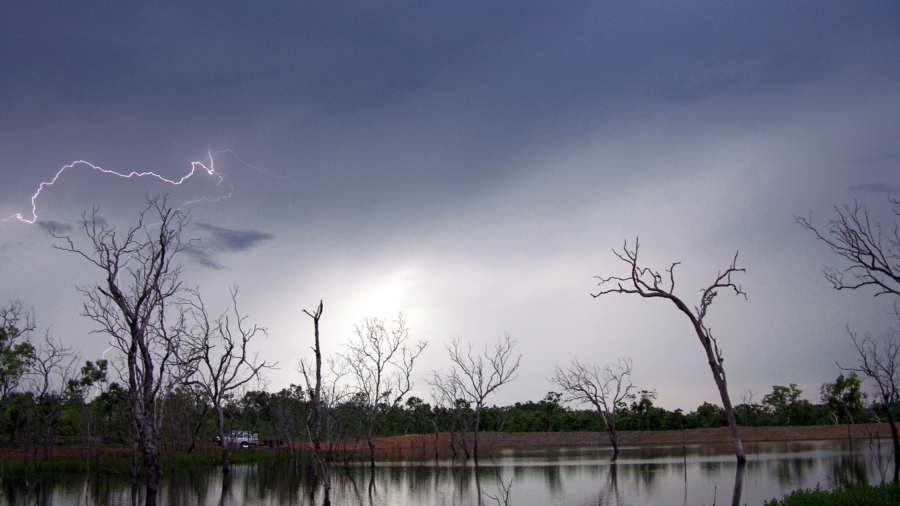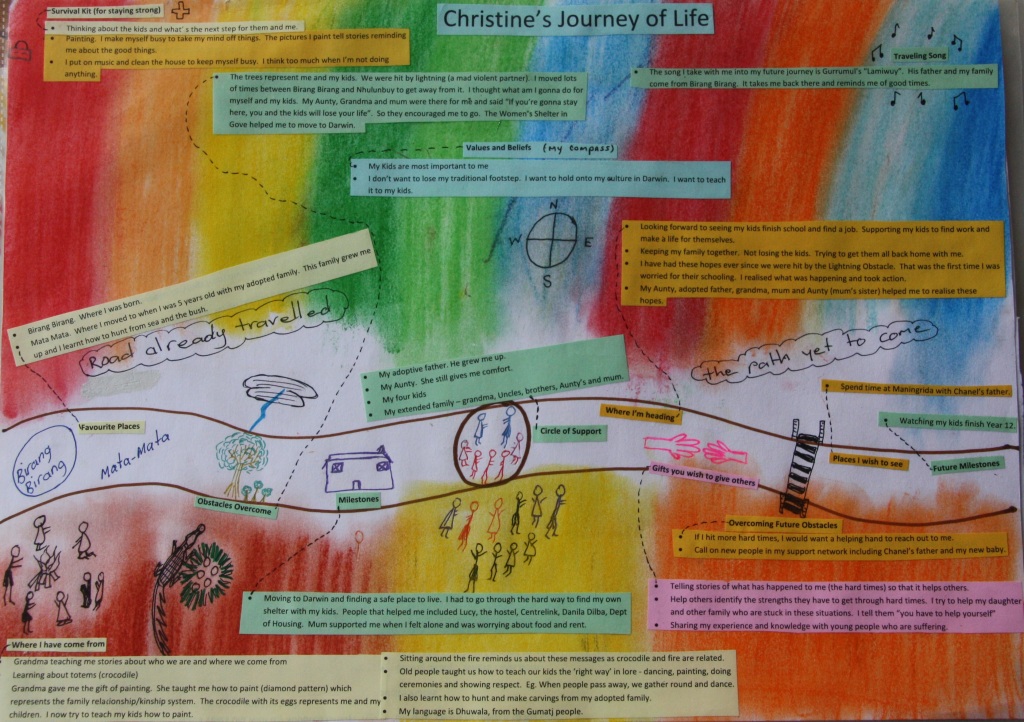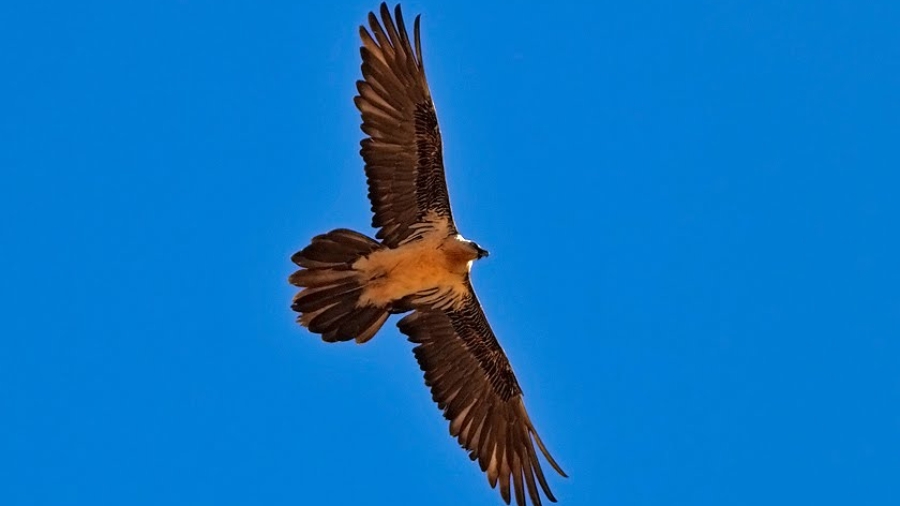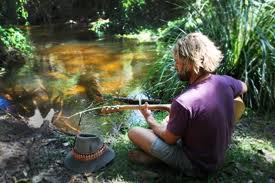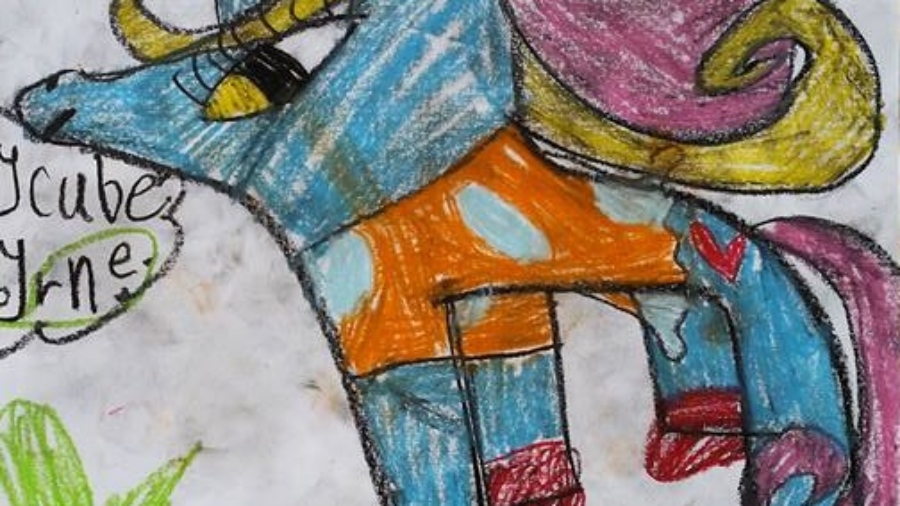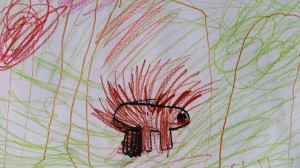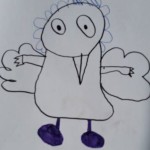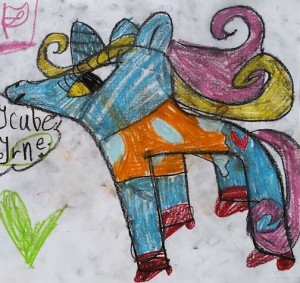So it is just about to clock over into a new year and a new decade. Are you filled with excitement or dread?
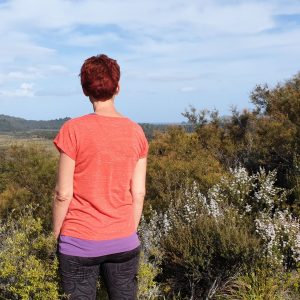
Perhaps it’s time to finally do something about that Anxiety that has stopped you from getting a job or going outside. Or maybe you want to shine the spotlight on the plans Depression has had for your life, because it doesn’t fit for you anymore. Or perhaps your life experiences or the state of planet have you believing that life will never be safe again?
If the idea of therapy, freaks you out (yeah, Anxiety can stop you from getting help too!), then here are 7 reasons why you might like to consider reaching out to me. Unlike other counsellors, I do have a few unique features that you won’t find elsewhere, as an alternative from traditional talk therapies.
- I come to you.
If transport is an issue or the idea of meeting a stranger in an office doesn’t float your boat, no problem. I can meet you at your home, your workplace (if there is a suitable private space), or school (so you don’t have to run around delivering kids to their appointment). - You are not the problem here. Your problem is the problem.
Your problem is not inside of you, but perhaps it has been coming and going for so long now, it has you convinced there must be something wrong with you. Maybe other people also think that you need fixing. Together we will expose the problem for what it really is – something external to you. Something you can have control over. Something you can change. - I will meet you outside (if you like).
From a Western viewpoint, it’s called eco-therapy. If you’re from First Nations mob, yarning on country is what you have always done. And it’s a much better option for people who don’t feel comfortable eyeballing their therapist between four enclosed walls. I meet people on beaches, riverbanks and in parks, while taking the utmost care to maintain your privacy as much as possible. Being in nature provides a whole host of health and well-being benefits. I learned all about the healing aspects of being connected to the land from my time working in remote communities of the Northern Territory. - You may not have to pay.
I am committed to offering therapeutic experiences to people who can least afford it. If you have a mild to moderate mental health issue and are experiencing financial hardship, you may be eligible for bulk billing through Medicare. You will need a Mental Health Care Plan and referral from your GP. - I am here to stay.
There is nothing worse than building a relationship with a therapist, then learning that they are leaving their job or moving away. Seaspray is my home and my work space. I am really passionate about my community and making it a great place for everyone to live, work and play. This is where I grew up and this is where I will die. - I will ‘Walk and Talk’.
Sitting still doesn’t suit everyone especially if you feel fidgety or restless. Sometimes moving your body is part of what’s needed to help you relax, express yourself or allow trauma stuck in the body to move through. Whether it is along the Ninety Mile beach or around Lake Gutheridge, in a private session or in a group with our Narrative Walks program! - I am the only Certified Nature and Forest Therapy Guide in the Wellingto region.
If the stress of daily life has taken its toll, let me guide you into the forest or along the beach to help you slow down and reconnect mindfully with yourself and nature. You can book a private walk with a group of friends, colleagues or just yourself.
So what are your plans for your life in the decade to come? Let’s work together to make it happen. Get in touch.

